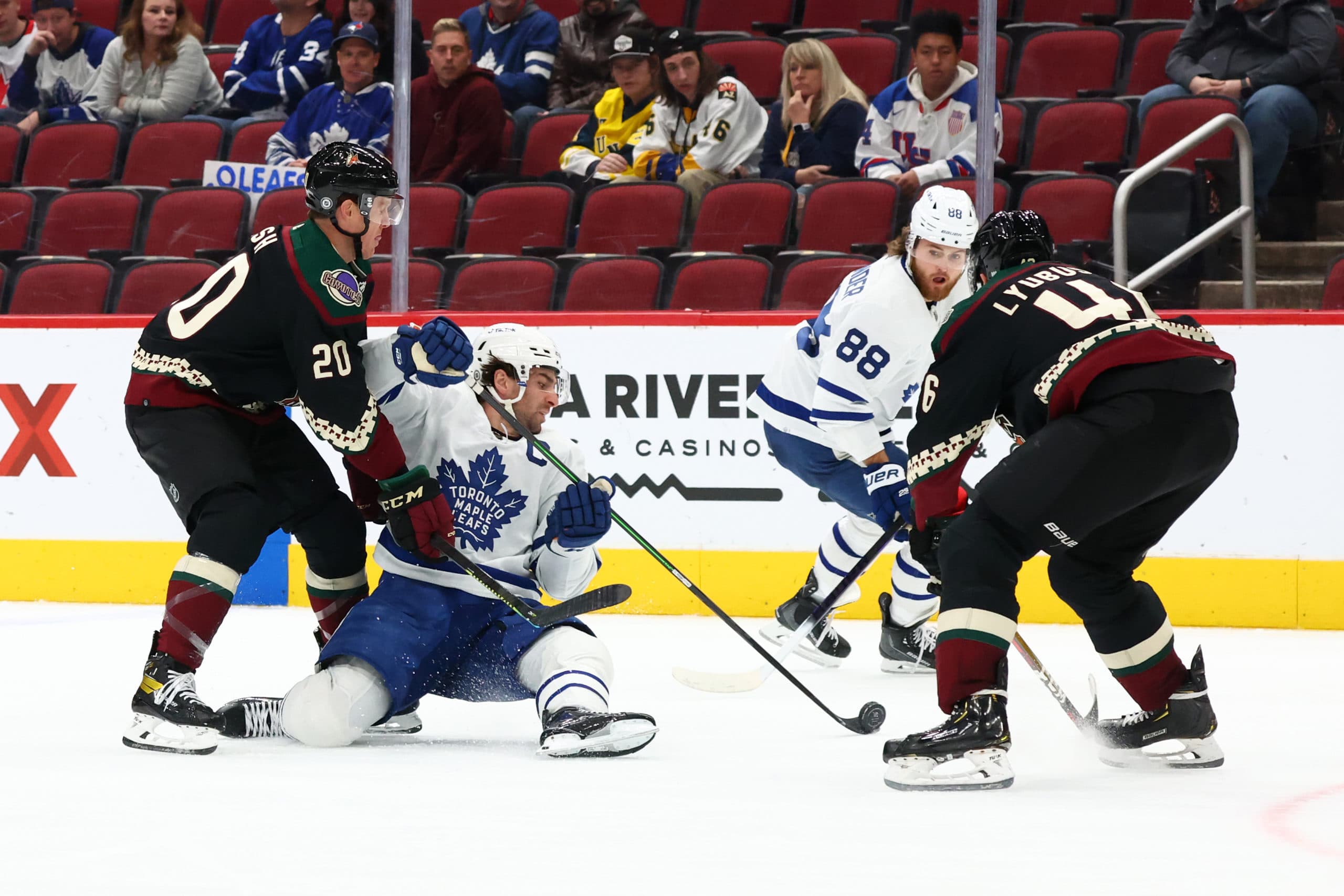Five Pressing Leafs Topics: February Edition- Breaking down the ARI trade, Toronto’s hidden problem, Keefe’s breakouts and more
Photo credit: Mark J. Rebilas-USA TODAY Sports
By Nick DeSouza
Feb 20, 2022, 11:30 EST
Breaking News
- Max Pacioretty and the new-look Leafs embody why this could be a different summer
- Knee Jerk Reaction: Maple Leafs use rapid response to take 2-0 series lead vs. Panthers
- NHL betting preview (May 7): Panthers vs. Maple Leafs Game 2 predictions
- Matthews won his minutes easily vs. Barkov in Game 1: Who will win the captain’s matchup in Game 2?
- Ray Ferraro thinks the Leafs need to park the Bennett thing, just focus on the task at hand: Leafs Morning Take
